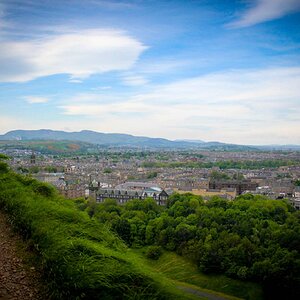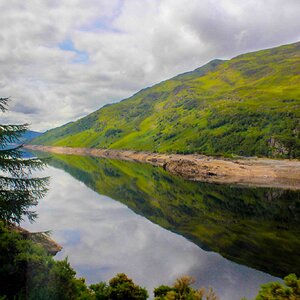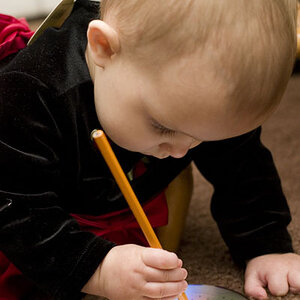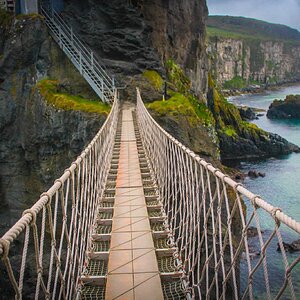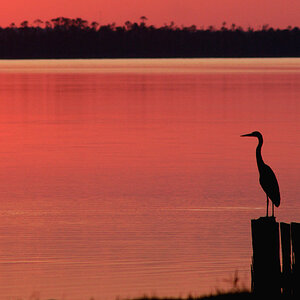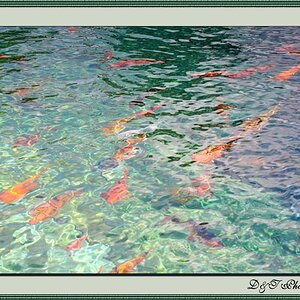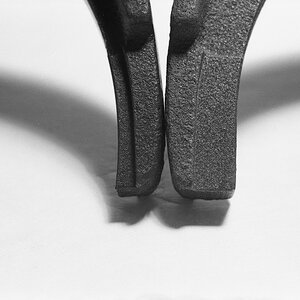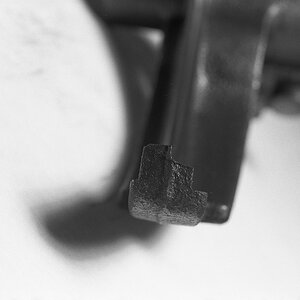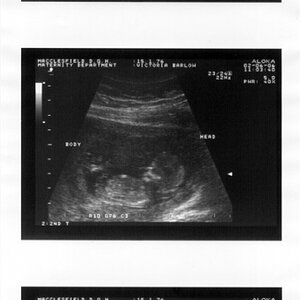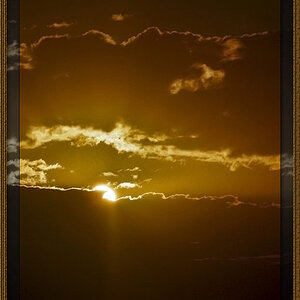Derrel
Mr. Rain Cloud
- Joined
- Jul 23, 2009
- Messages
- 48,225
- Reaction score
- 18,941
- Location
- USA
- Website
- www.pbase.com
- Can others edit my Photos
- Photos OK to edit
Well, when working with a background that they want to be white, the majority of people think that they need to "add more light" to the background. And quite often, that can be done. But there are many situations where one cannot add any more light to the background to make it whiter...like they have their strobes dialed all the way to maximum power, or they have fixed-output lights that cannot be turned up any brighter...and so they think, "well, I am screwed".
Bottom line--most people think only of "adding light to the background", when in reality, there *is* another option: reducing the amount of light shot onto the foreground subject. I just was trying to explain that to a person who, it seemed like, had a limited number of tools at his disposal, and who needed a simple way to make the background white. Without the need to "add more light" to the background.
I first saw this in a Collins on Basics magazine article in the old Peterson's Photographic Magazine back in 1984 I think it was, so it's been a technique I have known about and used for 27 years or so. I cut the article out of the magazine and added it to my studio lighting tech samples book. I still have it around here someplace.
Bottom line--most people think only of "adding light to the background", when in reality, there *is* another option: reducing the amount of light shot onto the foreground subject. I just was trying to explain that to a person who, it seemed like, had a limited number of tools at his disposal, and who needed a simple way to make the background white. Without the need to "add more light" to the background.
I first saw this in a Collins on Basics magazine article in the old Peterson's Photographic Magazine back in 1984 I think it was, so it's been a technique I have known about and used for 27 years or so. I cut the article out of the magazine and added it to my studio lighting tech samples book. I still have it around here someplace.


